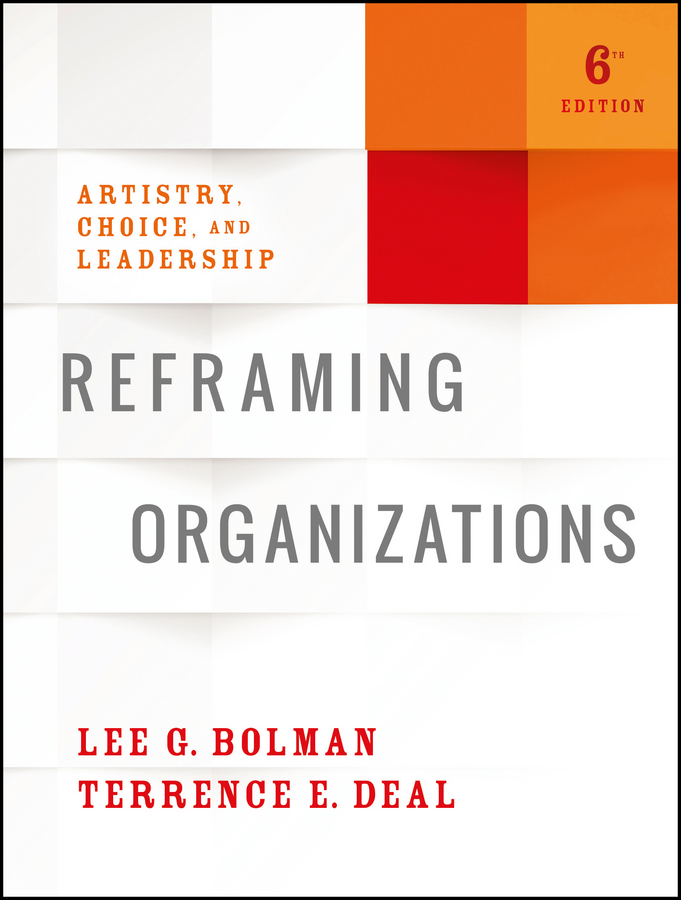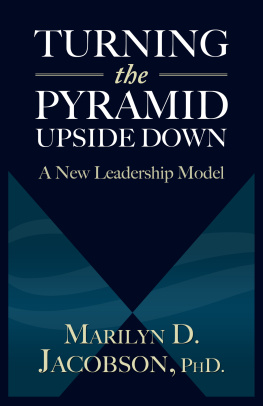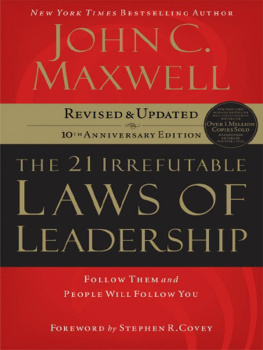
Reframing Organizations, Sixth Edition is also available in WileyPLUS Learning Spacean interactive and collaborative learning environment that provides insight into learning strengths and weaknesses through a combination of dynamic and engaging course materials. With WileyPLUS Learning Space, students make deeper connections and get better grades by annotating course material and by collaborating with other students in the course.
With WileyPLUS Learning Space, you will find:
- A restructured digital text that features interactive content, videos, assignments, and social networking tools that enable interaction with instructors and encourage discussion between students
- Interactive features include a gradable test bank, videos to engage students with differing organizational scenarios, interactive graphics, practice questions to reinforce key concepts, exercise assignments, and a Leadership Orientations Self-Assessment to help students understand the way they instinctively think about and approach leadership
- The course also includes a full Instructor's Manual, including chapter-by-chapter teaching notes, lecture slides, sample syllabi, and other support materials
For more information and to request a free trial, visit http://www.wiley.com//college/sc/wpls/
An updated online Instructor's Guide with lecture slides and a Your Leadership Orientations Self-Assessment is also available at http://eu.wiley.com/WileyCDA/WileyTitle/productCd-1119281814.html
Cover art/image: traffic_analyzer/Getty Images
Cover design: Wiley
Copyright 2017 by John Wiley & Sons, Inc. All rights reserved.
Published by Jossey-Bass
A John Wiley and Sons, Inc. imprint, Hoboken, New Jersey.
No part of this publication may be reproduced, stored in a retrieval system, or transmitted in any form or by any means, electronic, mechanical, photocopying, recording, scanning, or otherwise, except as permitted under Section 107 or 108 of the 1976 United States Copyright Act, without either the prior written permission of the Publisher, or authorization through payment of the appropriate per-copy fee to the Copyright Clearance Center, Inc., 222 Rosewood Drive, Danvers, MA 01923, 978-750-8400, fax 978-646-8600, or on the Web at www.copyright.com. Requests to the Publisher for permission should be addressed to the Permissions Department, John Wiley & Sons, Inc., 111 River Street, Hoboken, NJ 07030, (201) 748-6011, fax (201) 748-6008, or online at www.wiley.com/go/permissions.
Limit of Liability/Disclaimer of Warranty: While the publisher and author have used their best efforts in preparing this book, they make no representations or warranties with respect to the accuracy or completeness of the contents of this book and specifically disclaim any implied warranties of merchantability or fitness for a particular purpose. No warranty may be created or extended by sales representatives or written sales materials. The advice and strategies contained herein may not be suitable for your situation. You should consult with a professional where appropriate. Neither the publisher nor author shall be liable for damages arising herefrom.
For general information about our other products and services, please contact our Customer Care Department within the United States at (800) 762-2974, outside the United States at (317) 572-3993 or fax (317) 572-4002.
Wiley publishes in a variety of print and electronic formats and by print-on-demand. Some material included with standard print versions of this book may not be included in e-books or in print-on-demand. If this book refers to media such as a CD or DVD that is not included in the version you purchased, you may download this material at http://booksupport.wiley.com. For more information about Wiley products, visit www.wiley.com.
ISBN 9781119281818 (cloth); ISBN 9781119281825 (pbk.); ISBN 9781119281832 (ePDF); ISBN 9781119281849 (ePub)
In Memory of Warren Bennis
Exemplar, Mentor, and Friend
With Appreciation for All He Gave Us
Preface
This is the sixth release of a work that began in 1984 as Modern Approaches to Understanding and Managing Organizations and became Reframing Organizations in 1991. We're grateful to readers around the world who have told us that our books gave them ideas that make a differenceat work and elsewhere in their lives.
It is again time for an update, and we're gratified to be back by popular demand. Like everything else, organizations and their leadership challenges continue to evolve rapidly, and scholars are running hard to keep pace. This edition tries to capture the current frontiers of both knowledge and art.
The four-frame model, with its view of organizations as factories, families, jungles, and temples, remains the book's conceptual heart. But we have incorporated new research and revised our case examples extensively to keep up with the latest developments. We have updated a feature we inaugurated in the third edition: Greatest Hits in Organization Studies. These features offer pithy summaries of key ideas from the some of the most influential works in the scholarly literature (as indicated by a citation analysis, described in the Appendix at the end of the book). As a counterpoint to the scholarly works, we have also added occasional summaries of management bestsellers. Scholarly and professional literature often run on separate tracks, but the two streams together provide a fuller picture than either alone, and we have tried to capture the best of both in our work.
Life in organizations has produced many stories and examples, and there is new material throughout the book. At the same time, we worked zealously to minimize bloat by tracking down and expunging every redundant sentence, marginal concept, or extraneous example. We've also tried to keep it fun. Collective life is an endless source of vivid examples as entertaining as they are instructive, and we've sprinkled them throughout the text. We apologize to anyone who finds that an old favorite fell to the cutting-room floor, but we hope readers will find the book an even clearer and more efficient read.
As always, our primary audience is managers and leaders. We have tried to answer the question, what do we know about organizations and leadership that is genuinely relevant and useful to practitioners as well as scholars? We have worked to present a large, complex body of theory, research, and practice as clearly and simply as possible. We tried to avoid watering it down or presenting simplistic views of how to solve managerial problems. This is not a self-help book filled with ready-made answers. Our goal is to offer not solutions but powerful and provocative ways of thinking about opportunities and pitfalls.
We continue to focus on both management and leadership. Leading and managing are different, but they're equally important. The difference is nicely summarized in an aphorism from Bennis and Nanus: Managers do things right. Leaders do the right thing. If an organization is overmanaged but underled, it eventually loses any sense of spirit or purpose. A poorly managed organization with a strong, charismatic leader may soar brieflyonly to crash shortly thereafter. Malpractice can be as damaging and unethical for managers and leaders as for physicians.
Myopic managers or overzealous leaders usually harm more than just themselves. The challenges of today's organizations require the objective perspective of managers as well as the brilliant flashes of vision that wise leadership provides. We need more people in managerial roles who can find simplicity and order amid organizational confusion and chaos. We need versatile and flexible leaders who are artists as well as analysts, who can reframe experience to discover new issues and possibilities. We need managers who love their work, their organizations, and the people whose lives they affect. We need leaders who appreciate management as a moral and ethical undertaking, and who combine hardheaded realism with passionate commitment to larger values and purposes. We hope to encourage and nurture such qualities and possibilities.
Next page




